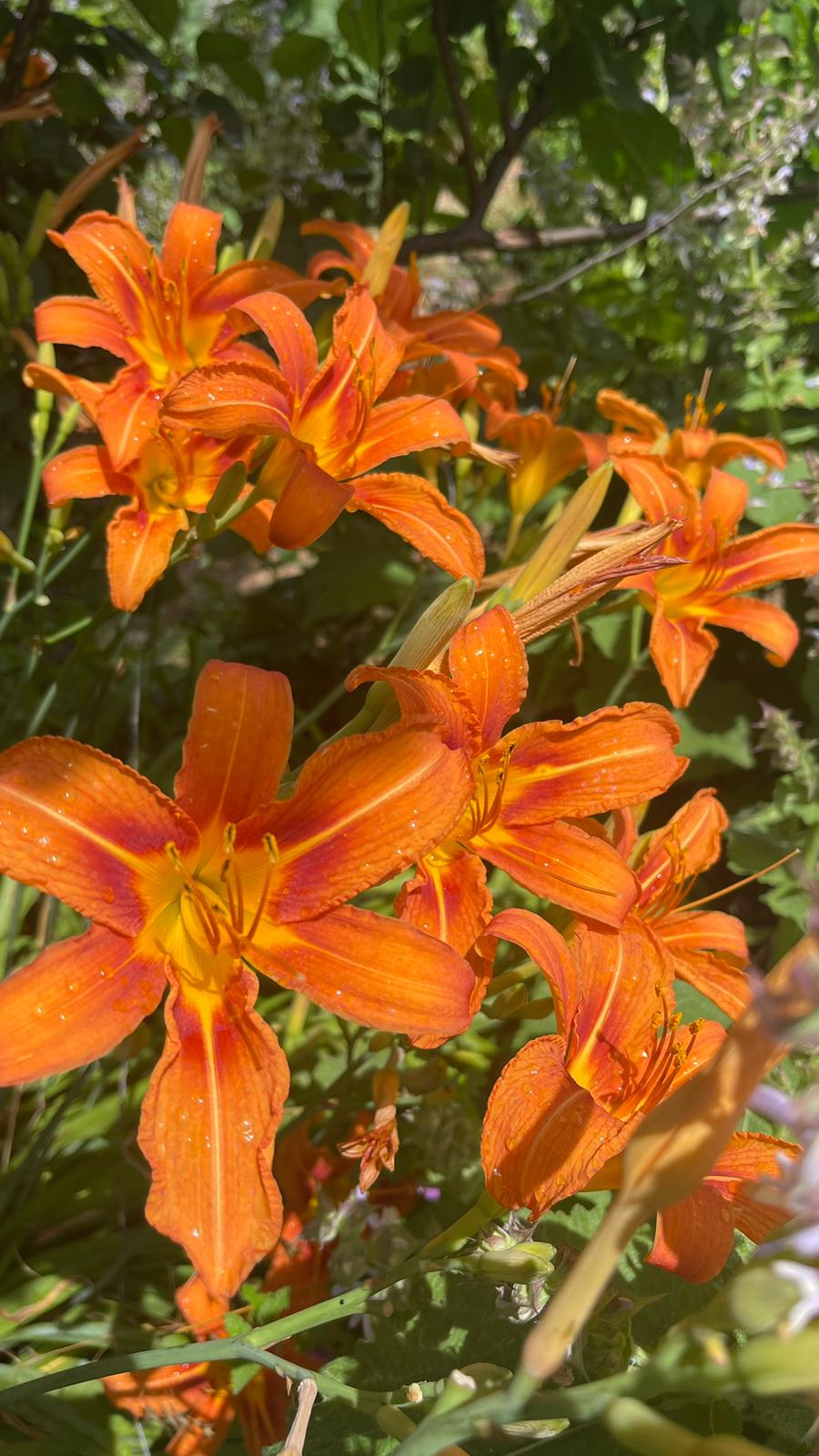
The Hemerocallis fulva is a perennial herb that is often used in organic farming and permaculture due to its multiple benefits. This plant, also known as the orange daylily, is a long-lived plant that can grow in various soil types, demonstrating its versatility and resilience. They are often used in permaculture designs due to their ability to improve soil fertility, attract beneficial insects, provide edible flowers, and act as living mulch. The beautiful orange flowers that bloom during the summer have a sweet taste, making them a good addition to salads or for making a delightful herbal tea. The roots can increase soil fertility by improving its structure and increasing its organic matter. The thick clumps of green foliage can act as living mulch, reducing soil erosion and retaining soil moisture. They also provide habitat and food for a range of beneficial insects, making them a good option for organic pest management. It is easy to propagate by division. Although it may become invasive in some areas, careful management can minimize this issue.
This plant prefers well-drained soil and a sunny location. Propagation is done by division of the clumps during the dormant period.
The map shows known occurrence points of Hemerocallis fulva recorded in scientific biodiversity databases.
Source: GBIF.org — Global Biodiversity Information Facility
Loading scientific articles about Hemerocallis fulva...